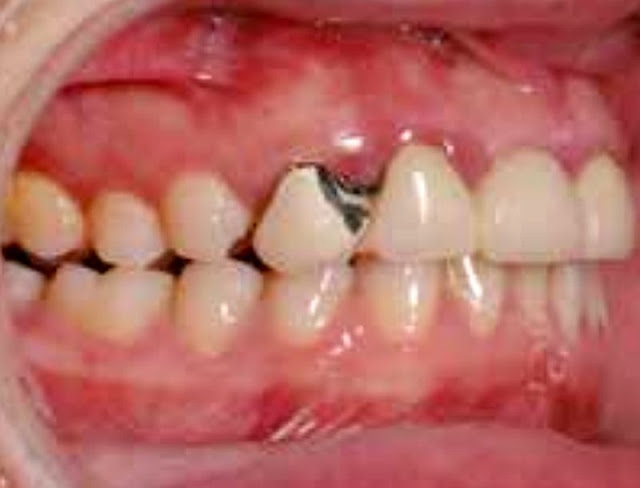Crown lengthening surgery involves the removal of the periodontal tissues to increase the clinical crown height for aesthetic reasons or to provide adequate sound tooth tissue for restoration.
Crown lengthening surgery may be limited to the soft tissue when the thickness of the tissues are excessive. In such cases this can be performed using a scalpel, electrosurgery or soft tissue lasers.
However, the dento-gingival anatomy and the position of the soft tissue are, to a large degree, dictated by the position of the underlying bone.
In these cases, following removal of soft tissue alone, the gingival margin will rebound during healing to re-establish the soft tissue height above the bone crest, with loss of the amount of crown that was surgically exposed.
In such cases a stable position can only be achieved by shifting the entire dento-gingival complex apically. This requires bone removal, and to access the bone a periodontal flap must be raised.
Crown lengthening can be performed to facilitate restorative dentistry and allow access to subgingival restoration margins. Subgingival margins may result from oblique vertical fracture of a cusp or from the removal of extensive caries.
In some cases, such as severe toothwear, there may not be adequate coronal tissue for mechanical retention of extracoronal restorations. Crown lengthening is a way to increase this.
Aesthetic crown lengthening uses the same techniques but applied to a different situation. In patients with a high smile line and where the anatomical crown is still partially hidden by an excess of soft tissues (as in cases with delayed passive eruption) a simple gingivectomy may be enough to achieve the desired result.
In patients where there is an excess of both soft and hard tissue (as in cases of tooth wear with compensatory over eruption) careful planning with diagnostic wax ups and a periodontal flap procedure with appropriate bone removal may be required to achieve correct tooth and gingival dimensions.
If crowns or veneers are required as part of this treatment you will need to wait four to six months for the new gingival contour to stabilise before placement.













